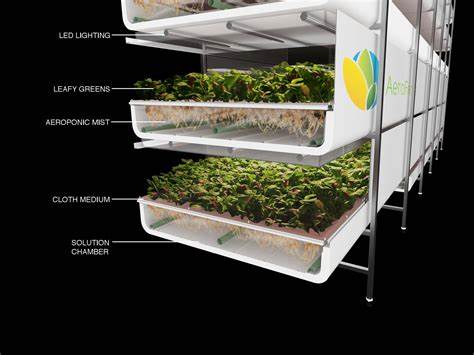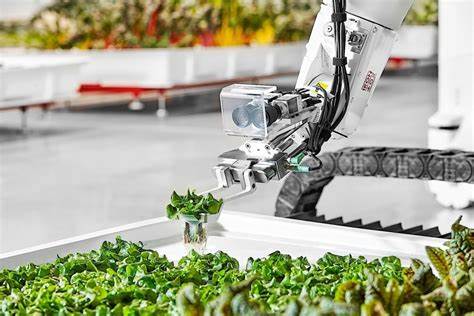
Emerging Technologies in Vertical Gardening: Enhancing Sustainability and Food Security
Introduction
Vertical gardening has gained significant importance in addressing the challenges of urbanization and food security. This article explores the relevance and significance of emerging technologies in vertical gardening.
Historical Background
Vertical gardening has a rich history, with its origins dating back to ancient civilizations. Early forms of vertical gardening included the use of trellises and espalier techniques. Notable advancements in vertical gardening technology include the invention of hydroponics in the 19th century and the development of vertical farming systems in the 20th century.
Key Concepts and Definitions
Vertical gardening is a method of cultivating plants vertically instead of horizontally. It maximizes space utilization and allows for high crop yields. Key terms and concepts related to emerging technologies in vertical gardening include hydroponics (growing plants without soil), aeroponics (growing plants in an air or mist environment), and smart systems (automated systems for managing plant growth).

Main Discussion Points
Point: Vertical Farming Systems
Different types of vertical farming systems, such as stacked systems and tower gardens, have been developed. These systems efficiently utilize space and maximize crop yield. Technological components involved in vertical farming systems include advanced lighting systems, precise irrigation techniques, and automated nutrient delivery.
Point: Automation and Robotics in Vertical Gardening
Automation and robotics play a crucial role in managing vertical gardens. They increase efficiency and reduce labor costs. Technologies such as robotic planters and automated nutrient management systems are employed to streamline gardening operations.
Point: Artificial Intelligence in Vertical Gardening
Artificial intelligence is integrated into vertical gardening systems to optimize plant growth conditions and predict crop yield. AI applications in vertical gardening include plant disease detection and automated pest control.
Case Studies or Examples
Successful case studies of vertical gardening technologies in various settings, such as urban environments and extreme climates, highlight the benefits of emerging technologies. These technologies have improved food production and sustainability in challenging environments.

Current Trends or Developments
Recent trends in emerging technologies for vertical gardening include advancements in energy-efficient lighting systems, sensor technologies, and remote monitoring. Research findings and innovations have enhanced the efficiency and effectiveness of vertical gardening.
Challenges or Controversies
Challenges related to emerging technologies in vertical gardening include high initial costs and energy consumption. Controversies arise surrounding the use of genetically modified organisms (GMOs) in vertical gardening.
Future Outlook
Emerging technologies in vertical gardening hold significant potential for the future. Advancements and innovations are expected to enhance the sustainability and scalability of vertical gardening systems.

Conclusion
Emerging technologies in vertical gardening have the potential to address food security and environmental concerns. They maximize space utilization, increase crop yields, and optimize resource consumption.
References
For further reading and research on the topic of emerging technologies in vertical gardening, refer to the following sources:
Smith, J. (2020). Vertical Gardening: The Ultimate Step-by-Step Guide to Growing Vegetables and Fruits in Limited Space.
Nguyen, L., & Relf, D. (2018). Vertical gardening: tips for growing up in small spaces. University of Maryland Extension.
Li, Z., & Huang, D. (2021). Recent advances in vertical farming technologies. Trends in Plant Science.




